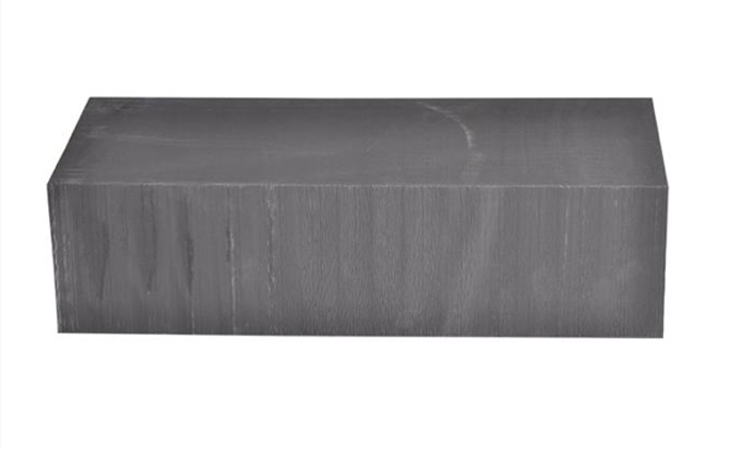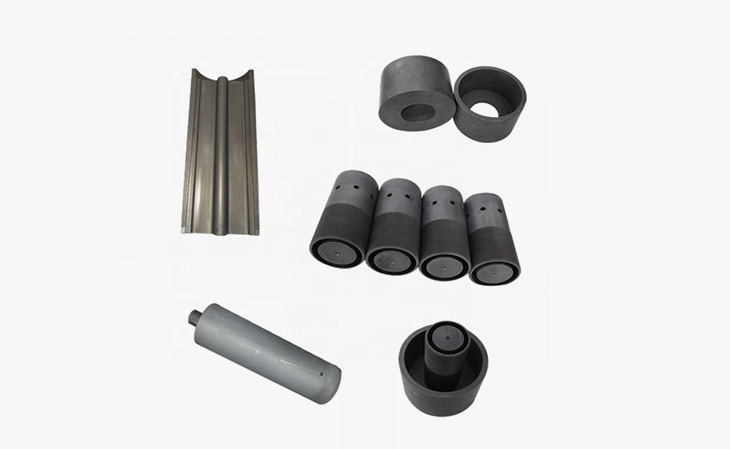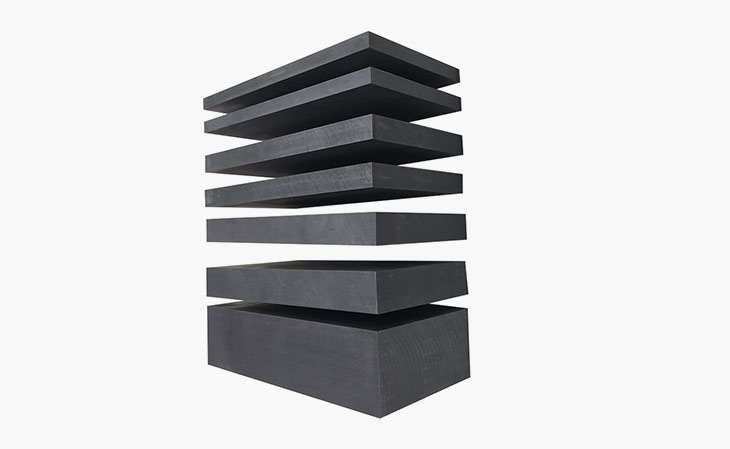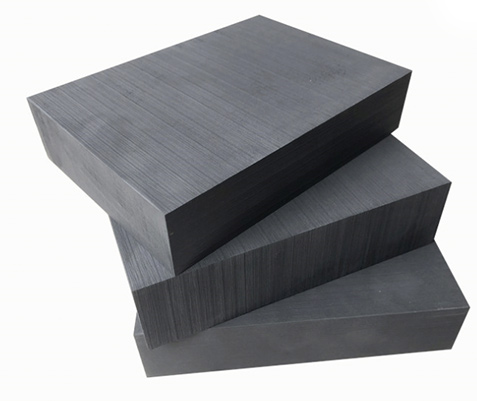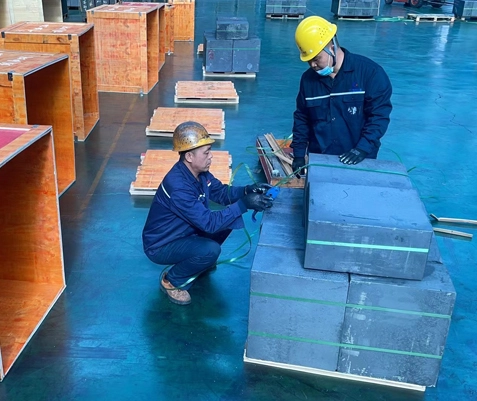Unless you've ever needed a special part or replacement part, you've probably never heard of carbon graphite before. Carbon graphite is a material used for replacement parts and specialty parts because, when prepared properly, it provides wear resistance, high temperature capability, self-lubricating properties, and the ability to work with corrosive materials.
1. What is carbon graphite?
Carbon graphite components are typically made from two materials: powder and binder. Graphite powders consist of natural or synthetic graphite, petroleum coke, carbon black or other forms of carbon. A commonly used binder in carbon graphite materials is coal tar pitch. When the powder and binder are mixed, they move on to the next stage of carbon graphite production, which is molding or extrusion. There are several molding methods, but the most common are isomorphic molding, extrusion and compression molding. The type of molding or extrusion chosen depends on the final product being produced.
After successful molding, the carbon graphite part is baked. Baking is an important part of the process, because before that, the binder just holds the powder together but doesn't provide the carbon-graphite part's well-known strength. This is where a very controlled anaerobic baking process is important, as it carbonizes the binder and turns the so-called "green" material into robust carbon graphite. Again, keep checking and closely monitor bake temperatures to ensure standardized products perform as expected.
Interestingly, when the green material is baked, a process called degassing occurs. This is a result of extreme bake temperatures and involves the hydrocarbons in the binder being driven out of the material. result? Porous carbon graphite material. The porous nature of carbon allows manufacturers to impregnate it with other substances and create unique material properties. The type of impregnation will depend on the purpose of the part, but it can combine properties such as strengthening, improved wear resistance, better heat and chemical resistance, and making the material impermeable.
2. Why is carbon graphite an excellent choice for special parts?
If you've ever looked for replacement parts, you may have come across an opportunity to customize a part for you using carbon graphite products. It is an excellent choice for specialty parts because the material combines strength, hardness and wear resistance while also providing natural lubricity. The material is thermally stable and is a natural choice for chemical and corrosive applications. Additionally, carbon graphite is an excellent choice for specialty parts because it can be impregnated with resins, metals, and oxidation inhibitors, making it more versatile. With proper machining or fabrication, it can be used to make even the most obscure, out-of-stock or discontinued parts that will stand the test of time.
 English
English
